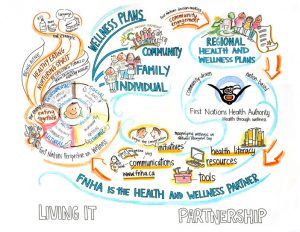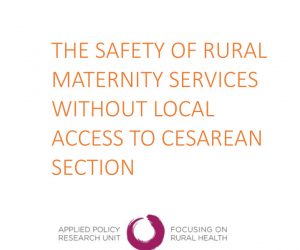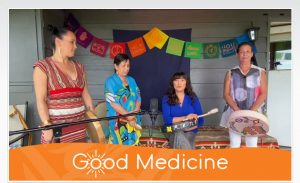
I am proud to work in British Columbia where we have become partners and advocates for and with our First Nations communities. A lot of people may not know this, but the First Nations Health Authority exists! it is ‘a health and wellness partner to each and every First Nations person living in BC.’
The FNHA’s mandate is to partner with our First Nations communities in their wellness journeys. The infosketch above identifies that there is a true partnership between the Health Authority and the communities involved and this partnership MEETS the communities in their definition of wellness. The FNHA also provides tools, education and resources and I think this is where educational technology can really be utilized to better the access to care and wellness in a culturally safe manner.
I really appreciate that there is a lot of onus on the individuals in our communities – that being a true partner with all aspects of our communities, we have to ‘live it’ and practice our own definition in wellness – whether it’s in our workplaces, communities, families and so on. This circle of influence extends to communities around us and ultimately we can partner up with First Nations communities to understand and walk with them in their wellness journeys.
I appreciate that the FNHA’s approach is grounded in cultural safety and cultural humility:
Cultural safety is an outcome based on respectful engagement that recognizes and strives to address power imbalances inherent in the health care system. It results in an environment free of racism and discrimination, where people feel safe when receiving health care.
Cultural humility is a process of self-reflection to understand personal and systemic biases and to develop and maintain respectful processes and relationships based on mutual trust. Cultural humility involves humbly acknowledging oneself as a learner when it comes to understanding another’s experience.
I look forward to delving into the resources and tools already available to the FNHA and reflecting on how else educational technology can fill in the gaps.
For more information on the First Nations Health Authority, visit: https://www.fnha.ca/




